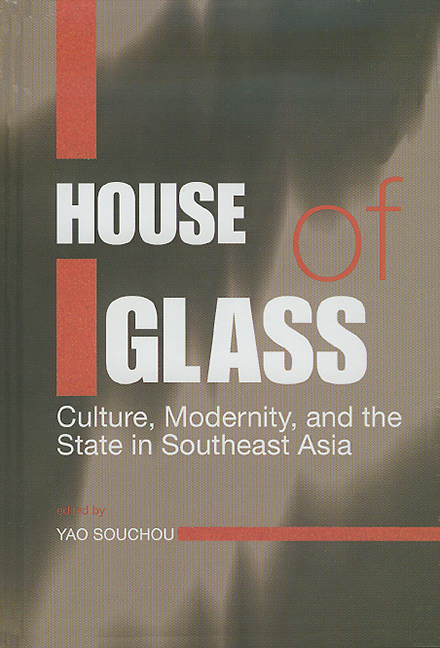Book contents
- Frontmatter
- Contents
- Preface
- Contributors
- Introduction
- Part One Local desire and global anxieties
- 1 Desperately guarding borders: media globalization, “cultural imperialism” and the rise of “Asia”
- 2 Modernity and Mahathir's rage: theorizing state discourse of mass media in Southeast Asia
- 3 Representing state desire and the sins of transgression
- 4 McNationalism in Singapore
- Part Two Identity, the state, and post-modernity
- Part Three State power, development, and the spectre of nation-building
- Part Four
- Index
2 - Modernity and Mahathir's rage: theorizing state discourse of mass media in Southeast Asia
from Part One - Local desire and global anxieties
Published online by Cambridge University Press: 21 October 2015
- Frontmatter
- Contents
- Preface
- Contributors
- Introduction
- Part One Local desire and global anxieties
- 1 Desperately guarding borders: media globalization, “cultural imperialism” and the rise of “Asia”
- 2 Modernity and Mahathir's rage: theorizing state discourse of mass media in Southeast Asia
- 3 Representing state desire and the sins of transgression
- 4 McNationalism in Singapore
- Part Two Identity, the state, and post-modernity
- Part Three State power, development, and the spectre of nation-building
- Part Four
- Index
Summary
I have always loved television. Like many people addicted to the gentle habit, I have long realized that television viewing is not only pleasurable but is also good for the nerves. At the end of the day, after putting the children to bed, with a cold can of beer in my hand and sitting in front of the television, I am indeed a prince in my private realm. The exhaustion from the day's toil is imperceptibly dissolved in the realm of desire and fantasy. My enjoyment of television, however, is always mixed with a certain feeling of unease. There is often a sense that the pleasure of mass entertainment may deposit something unsound, something apocalyptic, that will act upon my consciousness when I am least aware of it. At the same time, even as I am deeply engrossed, there is a part of my mind telling me I should be doing something more worthwhile — maybe reading a book, or writing a letter to a friend. Perhaps it is also a question of self-image. As ambitious intellectuals we are not likely to openly confess the secret pleasure we take in watching Wheel of Fortune and the ideologically dubious Miami Vice, where the good guys and the bad guys are barely distinguishable in their Gorgio Amani suits and fast cars.
The clumsy reference to my ambiguous feeling towards television illustrates, if anything, how common is our suspicion of the enjoyment of the mass media. This suspicion in fact can be traced to major philosophic currents which work to invalidate such “common pleasures”. First is the essentially bourgeois view that the mass media is for the “masses”; it caters to the lowest common denominator of unreflective thoughts and easy emotions. Television programming, dominated by soap operas, talk shows, and musical video, it is argued, lacks pedagogic value: unlike classical arts, it offers neither spiritual enlightenment nor critical engagement with life's concerns. Popular culture pleases but does not teach.
- Type
- Chapter
- Information
- House of GlassCulture, Modernity, and the State in Southeast Asia, pp. 46 - 69Publisher: ISEAS–Yusof Ishak InstitutePrint publication year: 2001



